Electric trucks aren't exactly blowing up the sales charts right now. A market that's increasingly skeptical of EVs in general isn't helping, but that age-old work-minded segment that looked set for a reinvention just a few years ago now seems increasingly reluctant to change.
Rivian's excellent R1T hasn't taken the market by storm, while Ford's F-150 Lightning isn't reinventing the work truck landscape the way many (including myself) had hoped. On the Chevrolet side of the equation, the Silverado EV likewise hasn't challenged the sales of its internally combusted siblings.
General Motors is bringing another contender to the fray, the 2025 GMC Sierra EV Denali, and if you thought the $94,500 initial price on the Silverado RST First Edition was a bit much, prepare for more sticker shock, as the Max Range Denali starts at $100,495. Is the solution to electric truck woes an even more expensive model? After a few days in the saddle, I'm not so sure.
Let's start with the basics, which will all sound quite familiar if you've read our coverage of the Silverado EV. That's because they are effectively the same truck rolling on the same running gear. There's a maximum of 760 hp (567 kW) and 785 lb-ft (1,064 Nm) of torque available, more than enough to make this truck's nose point to the sky and your passenger's eyes open wide on a hard acceleration.
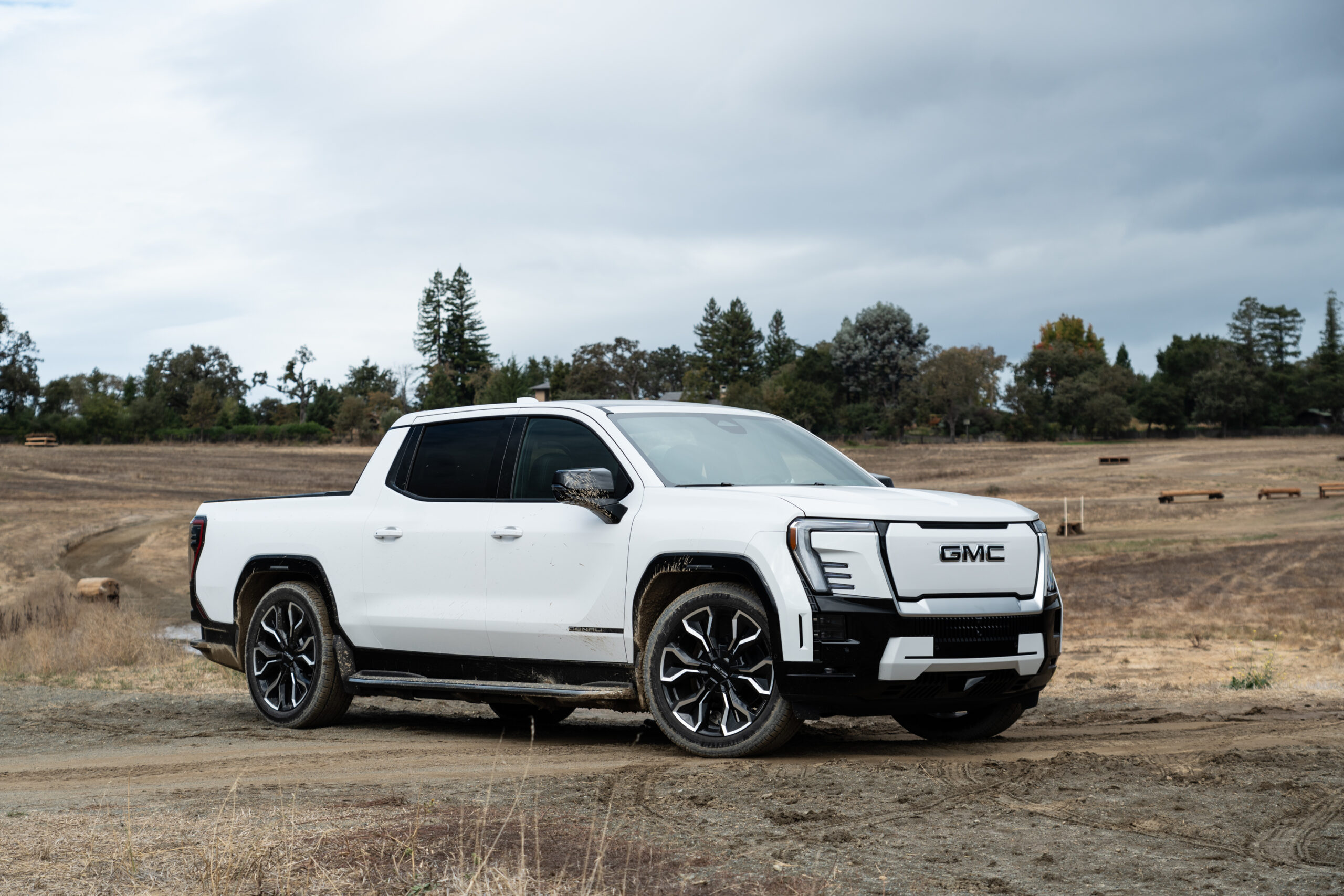
But sprinting to 60 mph (98 km/h) in 4.5 seconds is a useless novelty in a truck like this. More important is its rated towing and hauling performance, and there, the numbers aren't exactly world-class, but they're more than enough for most. Maximum trailering is 10,500 lbs (4,763 kg), down from the Sierra 1500's 13,300-lb (6,033 kg) max rating. Hauling is 1,350 lbs (612 kg) in the 5-foot, 11-inch bed (1,803 mm), again down from its internal combustion counterpart's 2,230-lb (1,012 kg) payload rating.
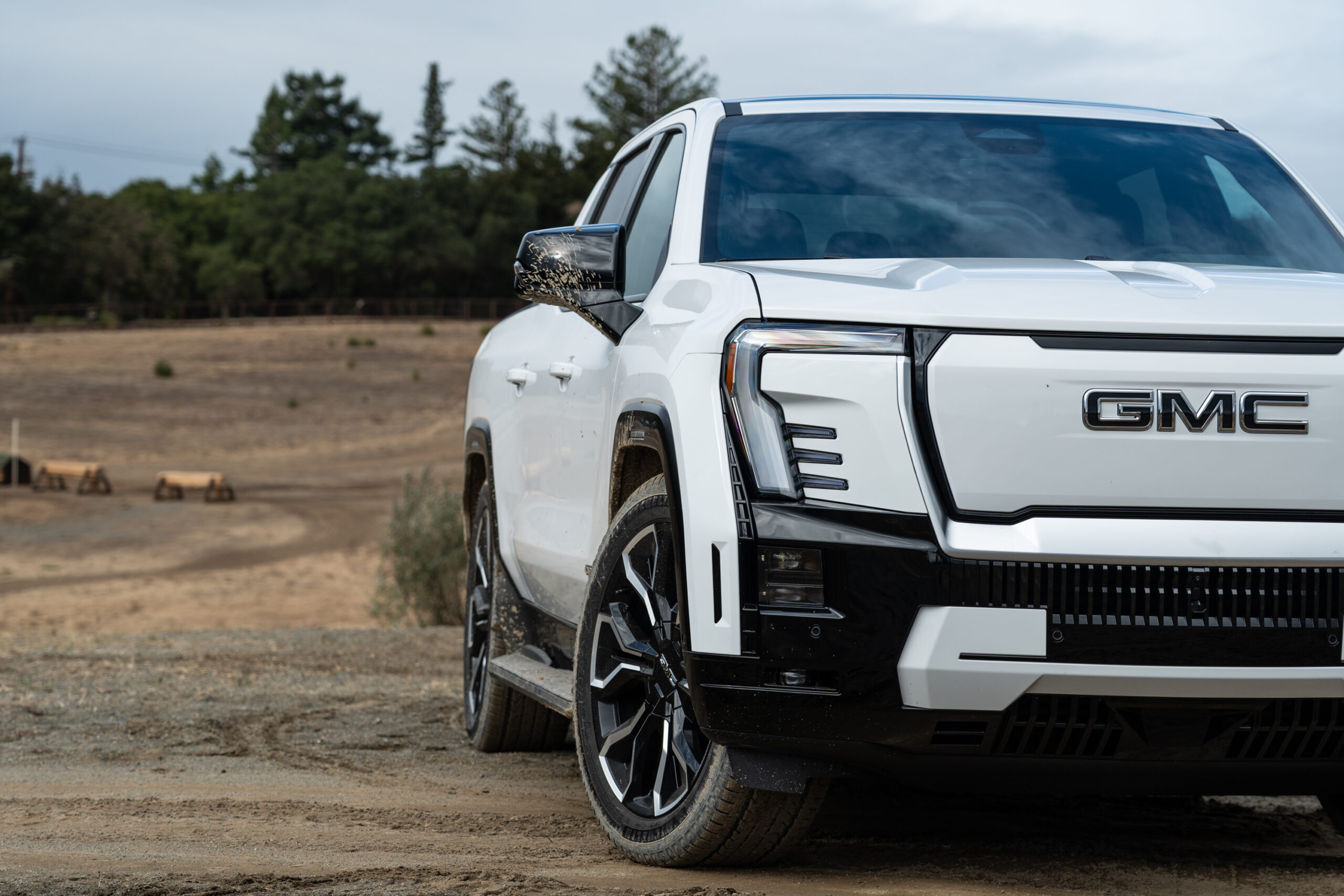
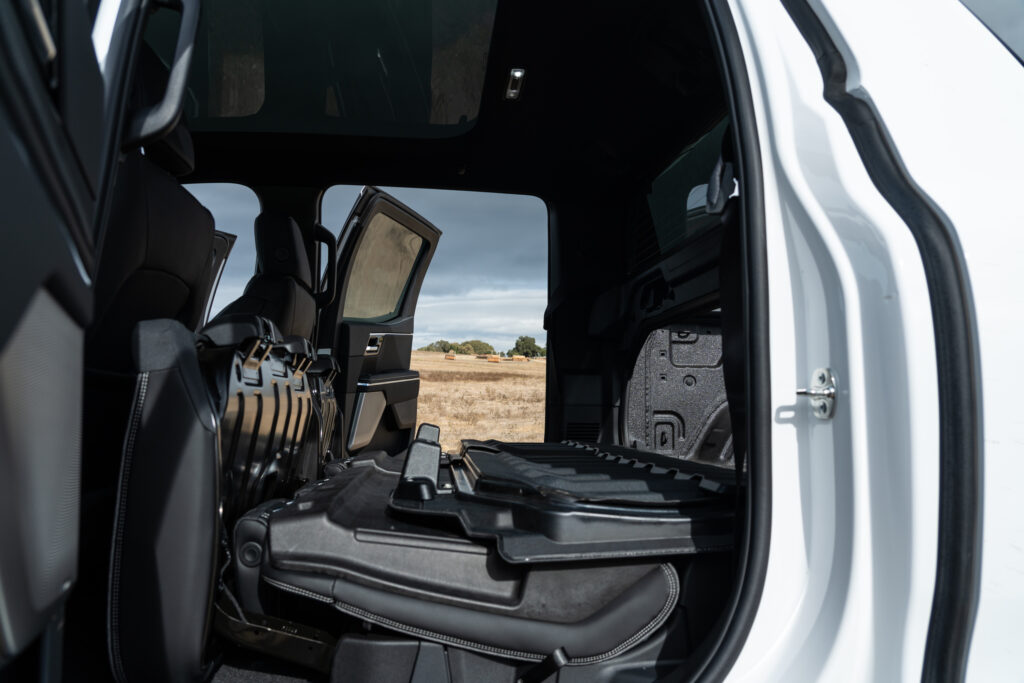
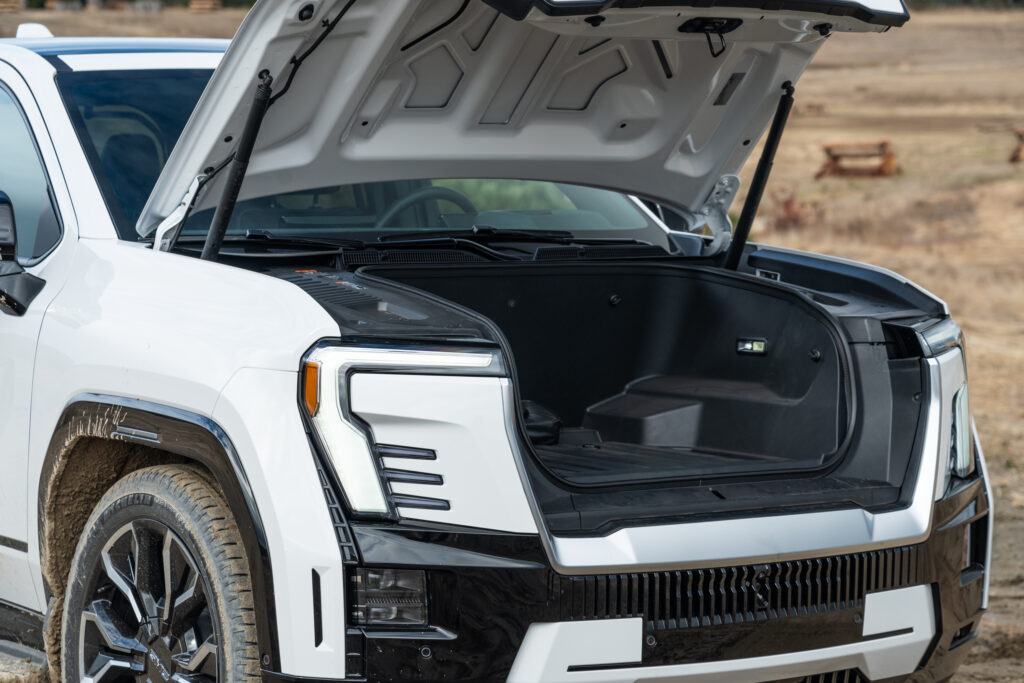
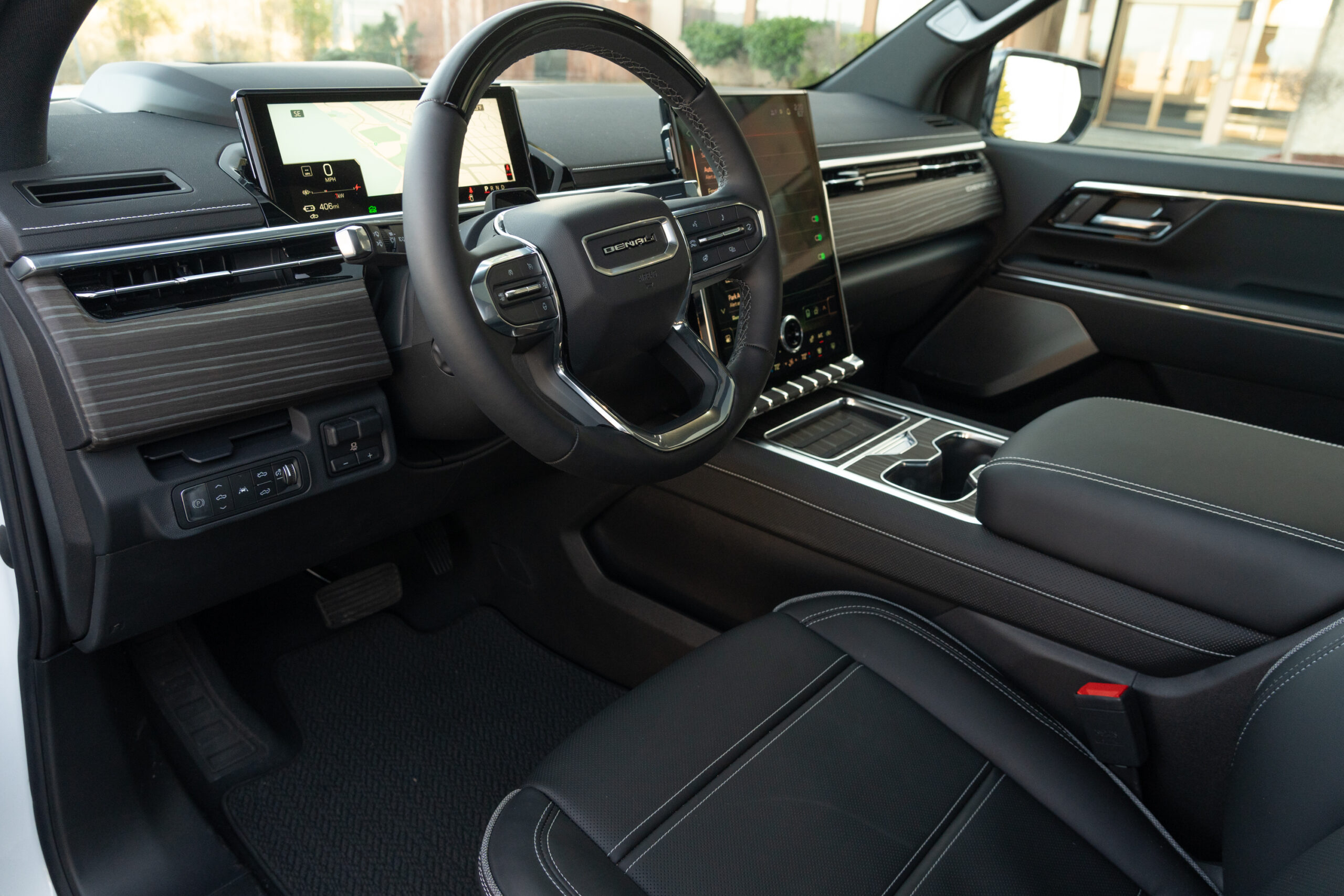
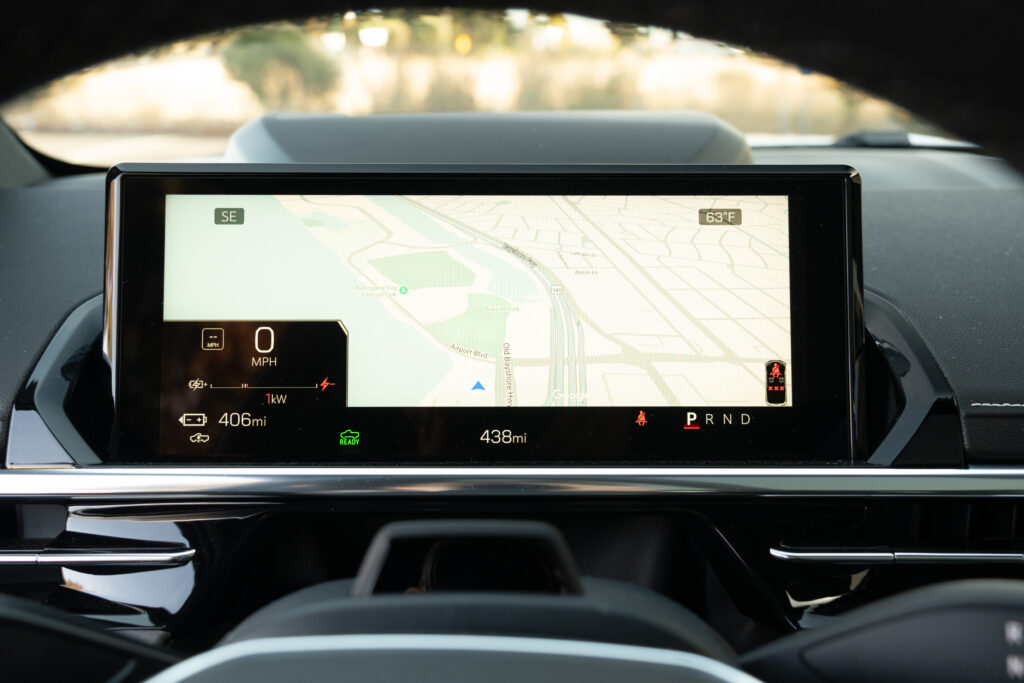
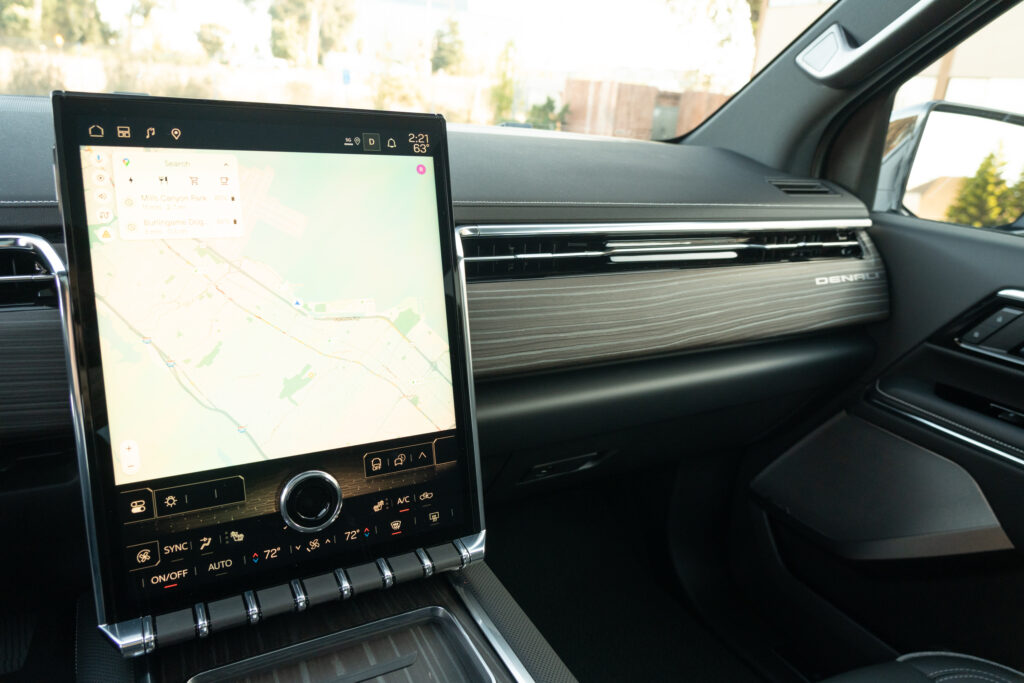
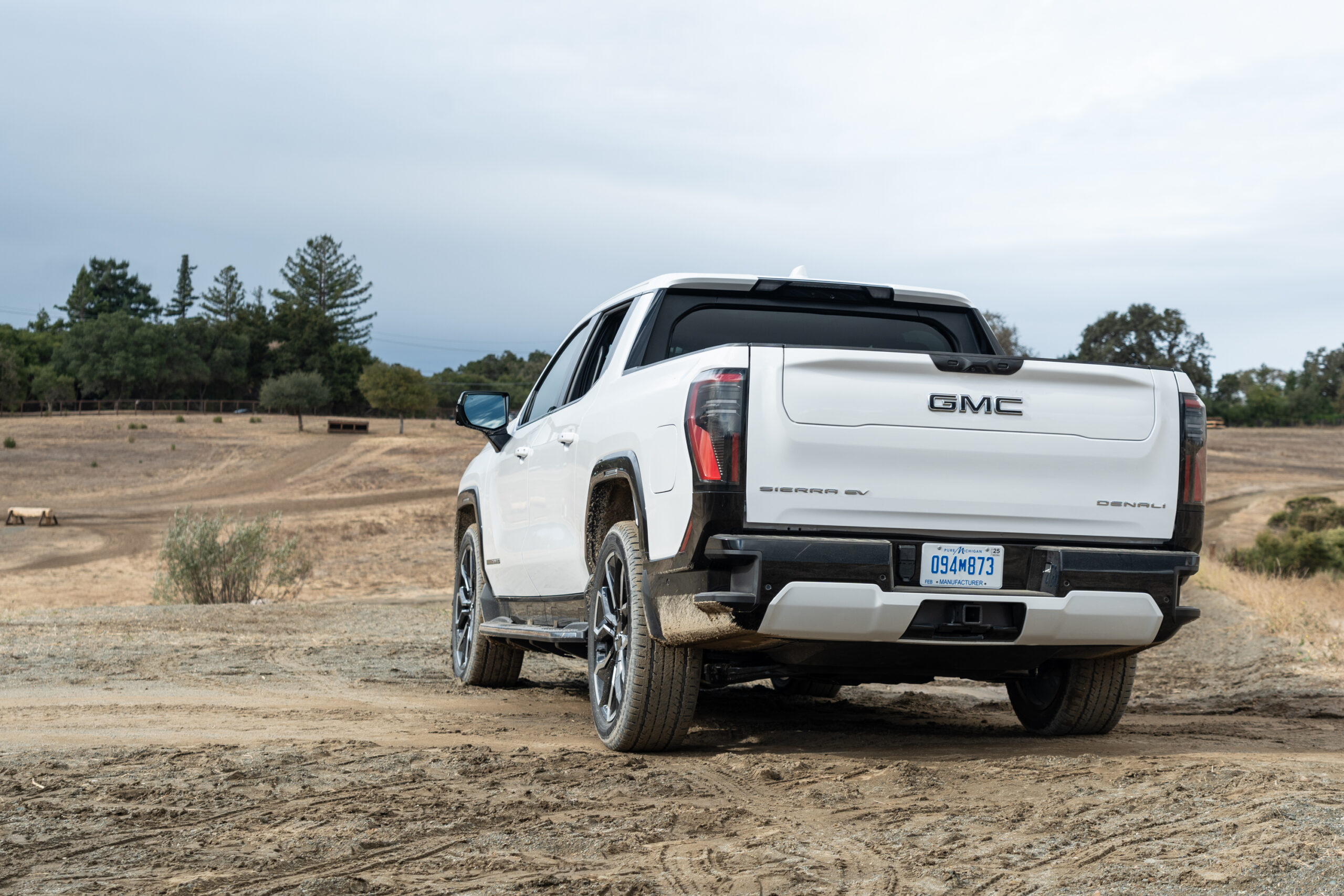

The vast majority of pickup trucks are not used for towing. They're used for one-person commuting and for driving two kids to hockey practice. Six or eight times a year they're used to carry some bags of mulch or a few two-by-fours. We'll call this "Group A".
The pickup trucks that ARE used for towing land in two distinct groups. One group tows the job trailer 50 km from the carpentry shop to the work site, or tows the boat 50 km from the backyard to the launch ramp. This is "Group B".
The other group tows the boat or RV 500+ km to some destination, or tows an inter-city cargo trailer 500+ km per day. This is "Group C".
EV pickup trucks are wholly optimized for Groups A & B, and make no pretense at all of being even the least bit suitable for Group C.
Anyone who makes arguments along the lines of "but it's not a Real Truck because it can't tow my 35 foot 5th wheel 600 miles in a day" is arguing in bad faith and is completely missing the point. The Group C crowd is small, and theirs is a totally different use case that calls for a totally different type of powertrain than is optimal for Groups A and B. Groups A and B do not have Group C's unusual niche requirements, and are much better served by a truck that's optimized for what they actually do.